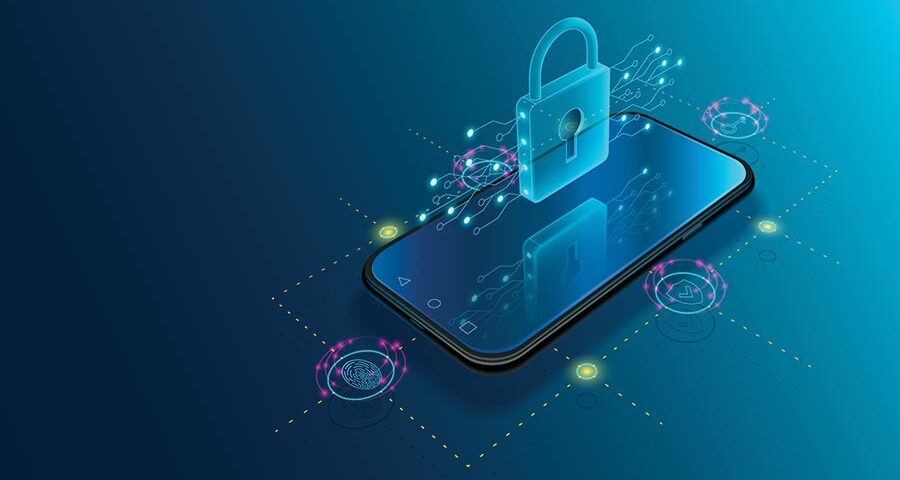Mobile Security: Protecting Your Devices in a Digital World

User Experience: Enhancing Digital Interactions
May 26, 2024
App Testing: Ensuring Quality and Performance
May 26, 2024Mobile Security: Protecting Your Devices in a Digital World
Thank you for reading this post, don't forget to subscribe!Introduction
As mobile devices become integral to our daily lives, ensuring their security has never been more critical. Mobile security involves protecting smartphones, tablets, and other portable devices from threats like malware, data breaches, and unauthorized access. This article delves into the importance of mobile security, common threats, and best practices to keep your devices safe.
Why Mobile Security Matters
Mobile devices store vast amounts of personal and sensitive information, from banking details to private communications. A security breach can lead to severe consequences, including identity theft, financial loss, and privacy invasion. As mobile usage continues to rise, so does the sophistication of cyber-attacks targeting these devices, making robust security measures essential.
Common Mobile Security Threats
Malware
Malware is malicious software designed to damage or exploit mobile devices. Types of mobile malware include:
- Viruses: Programs that can replicate themselves and spread to other devices.
- Trojans: Malicious code disguised as legitimate software.
- Spyware: Software that secretly monitors and collects user information.
Phishing Attacks
Phishing involves tricking users into providing sensitive information by posing as a trustworthy entity. This can occur through emails, text messages, or fake websites designed to steal login credentials or financial information.
Data Breaches
Data breaches occur when unauthorized individuals gain access to sensitive data. Mobile devices, especially those lacking proper security measures, are vulnerable to such breaches, potentially exposing personal and corporate information.
Unsecured Networks
Using public Wi-Fi networks can expose devices to various security risks. Unsecured networks can allow attackers to intercept data, conduct man-in-the-middle attacks, and gain unauthorized access to the device.
App Vulnerabilities
Apps downloaded from unofficial sources or poorly coded apps can introduce security vulnerabilities. These vulnerabilities can be exploited by attackers to gain access to the device or sensitive data.
Best Practices for Mobile Security
Use Strong Passwords and Biometrics
Protect your device with strong, unique passwords and enable biometric authentication (such as fingerprint or facial recognition) for an added layer of security. Avoid using easily guessable passwords and update them regularly.
Keep Software Updated
Regularly updating your device’s operating system and apps ensures you have the latest security patches. Software updates often include fixes for known vulnerabilities that attackers could exploit.
Install Security Software
Use reputable security software to protect against malware, phishing attacks, and other threats. Mobile security apps can offer features like real-time scanning, remote wipe, and anti-theft measures.
Enable Encryption
Encryption protects your data by converting it into a secure format that can only be accessed with the correct key. Ensure your device’s data encryption is enabled to safeguard sensitive information.
Be Cautious with App Permissions
Review app permissions carefully before installation. Only grant permissions necessary for the app’s functionality and avoid apps that request excessive or irrelevant access to your device’s data and features.
Avoid Public Wi-Fi
Public Wi-Fi networks are often insecure. Use a virtual private network (VPN) to encrypt your internet connection when accessing public Wi-Fi, ensuring your data remains private and secure.
Regular Backups
Regularly back up your device’s data to a secure location, such as a cloud service or an external hard drive. This practice ensures you can restore your data if your device is lost, stolen, or compromised.
Enable Remote Wipe
In case your device is lost or stolen, enable remote wipe functionality. This feature allows you to erase all data on your device remotely, preventing unauthorized access to your information.
Monitor Device Activity
Regularly check your device for unusual activity, such as unexpected apps, high data usage, or unusual battery drain. These could be signs of a security breach or malware infection.
Educate Yourself and Others
Stay informed about the latest mobile security threats and best practices. Educate yourself and others on recognizing phishing attempts, avoiding suspicious downloads, and maintaining good security hygiene.
Conclusion
Mobile security is crucial in protecting personal and sensitive information from evolving threats. By understanding common security risks and implementing best practices, you can significantly reduce the likelihood of a security breach. Prioritize strong passwords, regular updates, cautious app permissions, and secure internet connections to safeguard your mobile devices. Stay vigilant and proactive in maintaining your mobile security to enjoy a safer digital experience.
For more information: www.ecbinternational.com


